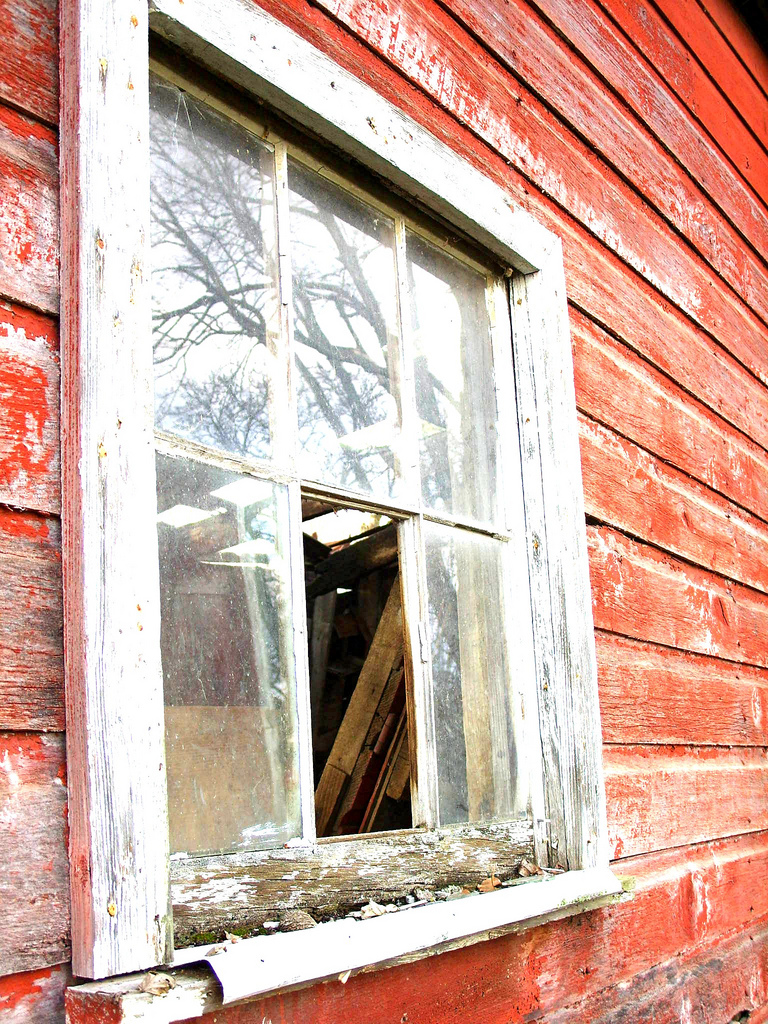Recently, my poetry-and-photography combo art was published at Daily Haiga: an edited journal of contemporary & traditional haiga.
"What's haiga?" you wonder.
Glad you ask! See below.
My haiga
I have another haiga in a forthcoming issue. Stay tuned!
"Haiga (俳画, haikai drawing) is a style of Japanese painting that incorporates the aesthetics of haikai. Haiga are typically painted by haiku poets (haijin), and often accompanied by a haiku poem. Like the poetic form it accompanied, haiga was based on simple, yet often profound, observations of the everyday world. Stephen Addiss points out that 'since they are both created with the same brush and ink, adding an image to a haiku poem was ... a natural activity.'" Source/Learn More: https://en.wikipedia.org/wiki/Haiga









